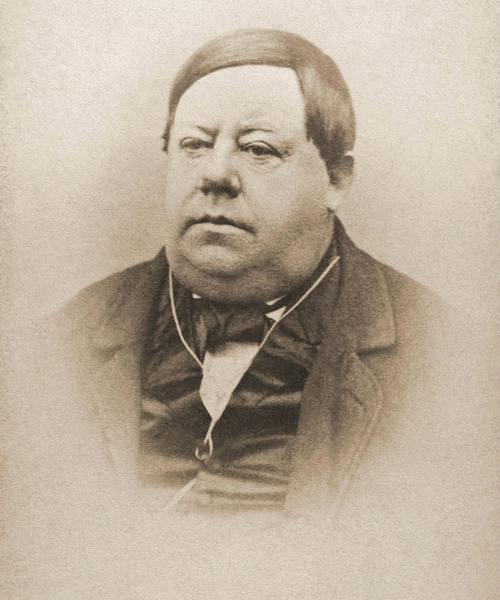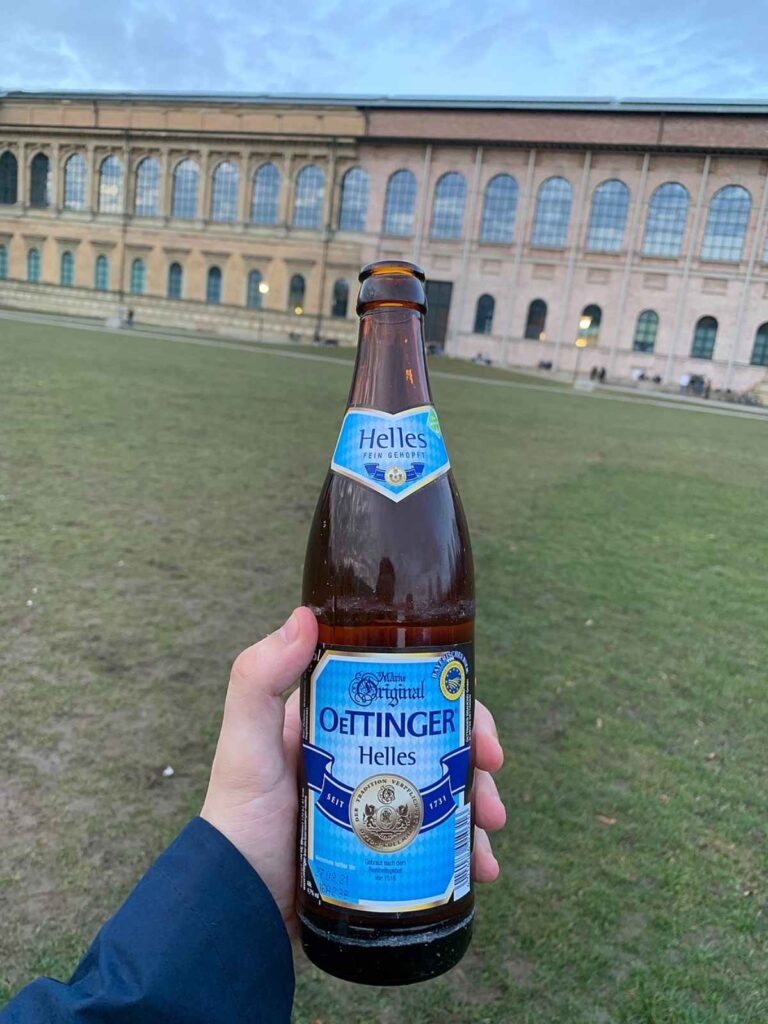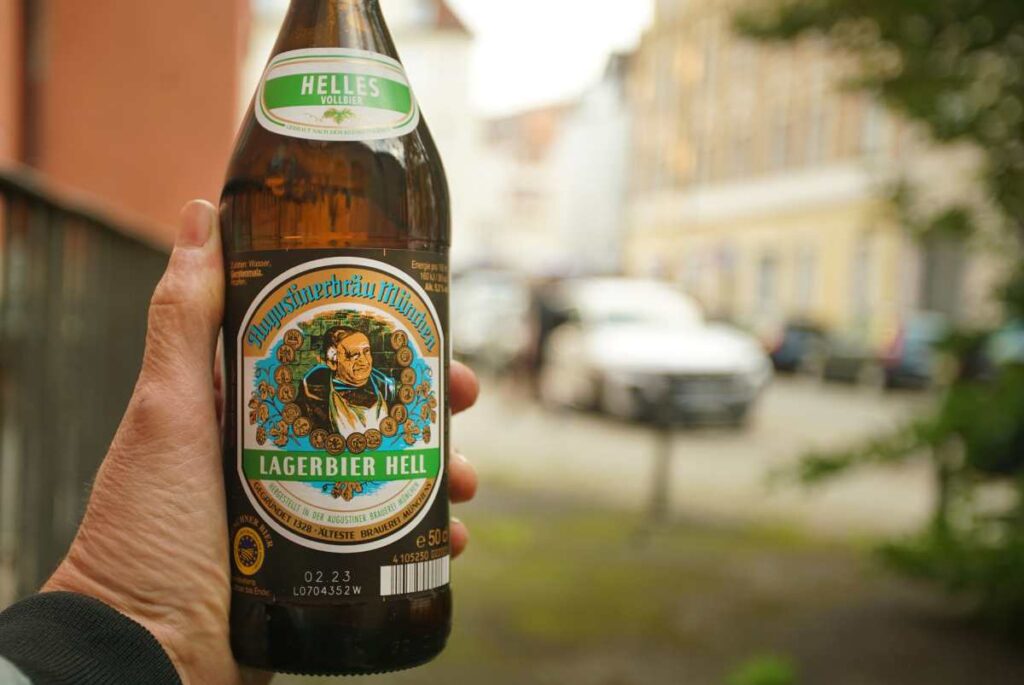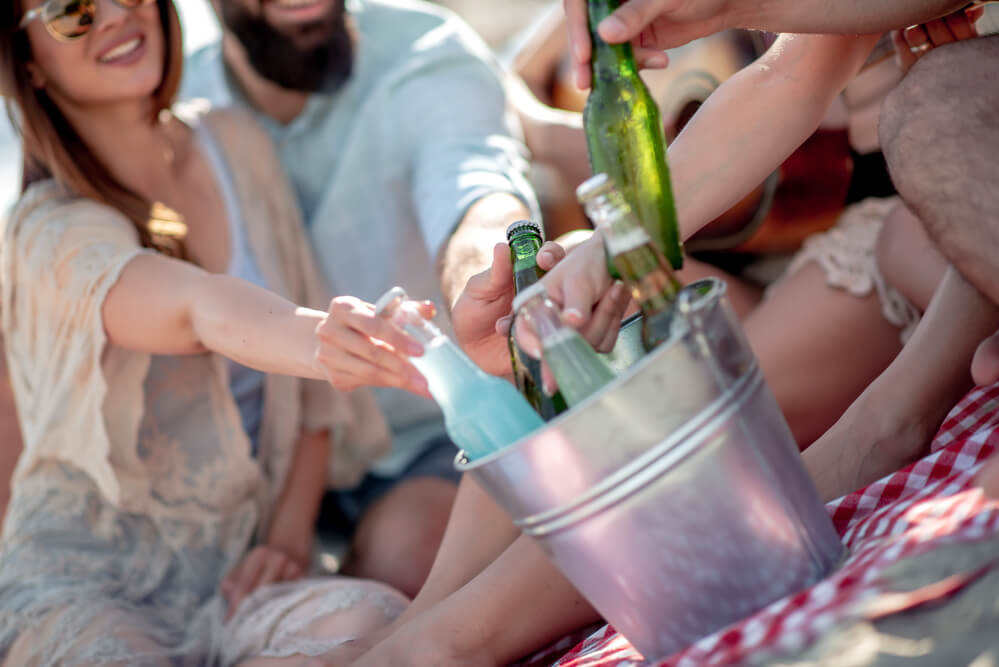What is Munich Helles? In this article, you will learn interesting facts about Munich Helles.
Munich helles, a traditional golden lager originating from Bavaria, has gained popularity worldwide due to its distinctive taste and storied history. This style of beer features a soft, round palate and a pale to golden hue, making it an attractive option for beer enthusiasts looking for a malt-accented brew with a subtle hop character. As a versatile drink that appeals to a wide range of palates, Munich helles stands as a testament to the rich brewing traditions of Bavaria.
The origin of Munich helles can be traced back to the mid-1800s when Bavarian brewer Josef Groll developed a new style of beer to compete with the growing popularity of Bohemian beers. This innovative lager has since become a staple in Bavarian beer culture, known for its delicate balance of malt and hops that results in a refreshing, well-rounded flavor profile. With an alcohol content typically ranging between 4.5 and 6%, Munich helles serves as a satisfying option for those seeking a beer that is lighter than a Dortmunder Export but still holds its own in depth and complexity.
Table of Contents
History of Munich Helles

Munich Helles, a light and golden-colored lager, originated in Bavaria, Germany. In the mid-1800s, the popularity of Czech Pilsners was increasing, and Bavarian brewers feared losing their beer “cred” to these crisp and clean lagers. To compete with the hugely popular Czech Pilsner, the Helles-style Lager was developed by Bavarian brewers in the late nineteenth century1.
One of the key figures in the development of Munich Helles was Josef Groll2, a Bavarian brewer who played a significant role in inventing this new style of beer. The Spaten Brewery in Munich, led by brewmaster Gabriel Sedlmayr, also contributed to the creation and popularization of the Munich Helles. Sedlmayr was passionate about perfecting the recipe, and his dedication helped make the Helles a staple beer in Southern Germany and beyond3.
Munich Helles is characterized by its light-bodied and golden color with an ABV of around 5%. The beer has a moderate hop bitterness that gives way to a complex malt flavor. Pilsner malt and Munich malt are used, which imparts a subtle yet distinct bready character4.
Until the 1960s, Munich Helles was universally available in German-speaking regions. However, consumer preferences began to drift from draft beer to bottled beer, leading to the increased popularity of Pilsner-style beers5. Despite these shifting trends, Munich Helles remains an essential component of Bavaria’s rich beer history and culture.
Characteristics of Munich Helles

Munich Helles, also known as a “hell” or “pale” beer, is a golden lager with German origins. This traditional Bavarian beer is distinct from other lagers because it offers a pleasant balance of maltiness and hop bitterness. Munich Helles is characterized by its pale gold color with a creamy white head that creates a visually appealing presentation.
The aroma of Munich Helles is predominantly malty with a hint of graininess, and it carries a slightly sweet malt character. The beer also has some subtle hop aromas mixed in, which are less pronounced than in a Pilsner-style beer.
In terms of flavor, Munich Helles has a malty backbone that provides a smooth, medium-bodied mouthfeel. As you taste the beer, you’ll find that it has a moderate bitterness level, which complements the malty profile and keeps the beer from becoming overly sweet. The mouthfeel is usually smooth, which helps to create a satisfying drinking experience.
Munich Helles is brewed using a cool fermentation process with lager yeast such as Saccharomyces pastorianus and bitter hops like Hallertau hops. This beer typically has an original specific gravity between 1.044 and 1.053, and an alcohol by volume (ABV) range of 4.5% to 6% ^(source). With a bitterness level ranging from 18-25 International Bitterness Units (IBUs), Munich Helles is less bitter than many other German lagers, particularly Pilsners ^(source).
Additionally, Munich Helles has a lighter version called the Bavarian Märzen that offers a slightly different flavor experience. Although Munich Helles originated in the city of Munich, it has gained popularity in other regions due to its versatile flavor profile and drinkability, making it a great choice for those who want to enjoy a well-rounded, refreshing German lager.
Ingredients and Brewing Process
Munich Helles is a popular German lager known for its delicate balance of subtle malt sweetness and mild hop bitterness. This lager has its roots in Munich, and it showcases the exceptional quality of German brewing ingredients, particularly Munich malt and finely-tuned lager yeast.
The primary base malt used in Munich Helles is Pilsen malt, which provides a clean, grainy flavor. Munich malts and Vienna malts are also often included in smaller proportions to add complexity and depth to the malt profile. Munich Helles’ signature golden hue comes from its light-colored malts, often within the 3-5 SRM range.
Hops play a critical supporting role in Munich Helles, providing just enough bitterness to balance the malt sweetness. Traditional German hop varieties like Hallertau, Tettnang, and Saaz are preferred for their subtle floral, spicy, and herbal characteristics. The bittering level usually ranges from 18-25 IBUs, ensuring a mild and restrained hop presence.
Water chemistry is also essential to Munich Helles. Munich’s natural water source has a high mineral content, contributing to the beer’s unique mouthfeel and flavor. Brewers often adjust their water to mimic Munich’s water profile, using acid additions or other treatments to achieve the desired results.
A key feature of Munich Helles is its clean, crisp fermentation profile achieved by using bottom-fermented lager yeast. This specialized yeast strain ferments at lower temperatures than ale yeasts, typically around 50°F (10°C), contributing to a bright and clean taste that allows the malts and hops to shine.
Brewing Munich Helles involves a mash process, where the crushed grains are steeped in hot water to extract fermentable sugars. The sweet wort obtained from the mash is then boiled with hop additions and cooled before adding lager yeast. The fermentation process lasts for about two weeks, followed by an extended lagering period – ranging from four to several weeks – that allows the beer to mellow, clarify, and stabilize.
When brewing Munich Helles, the original gravity typically falls between 1.044 – 1.050, and the final gravity ranges from 1.008 – 1.012. This results in an alcohol by volume (ABV) percentage of 4.8% – 5.6%, making it light enough for easy-drinking sessions while still offering a flavorful experience.
Munich Helles and Other Beers
Munich Helles is a traditional German lager originating from Munich. It is often soft and round on the palate, with a pale to golden hue and malt-accented flavor profile. This golden lager is less substantial than Dortmunder Export styles, but weightier than standard pale lagers. The finest examples of Munich Helles can still be found in Munich.
Historically, the brown Munich Dunkel was more popular in Bavaria and other Southern German regions. However, in the mid-1800s, a Bavarian brewer named Josef Groll developed a new style of beer in Plzeň, Bohemia, which eventually led to the rise of Munich Helles. This style, along with Märzen, Dunkels, Bocks, Vienna Lager, and Pilsener-style beers, contributed to the diverse beer landscape we know today.
Munich Helles is characterized by a gentle hop aroma, often with floral and herbal tones. The malt used in this style is typically pale and contributes to the beer’s soft, round flavor. Some brewers may also use Vienna malt or Pilsner malt to add more depth and complexity. The hop profile of Munich Helles often includes the distinctive Saaz hops, which contribute their signature herbal, floral, and slightly spicy aroma.
Other notable beer styles from the region include Zwickelbier, Kellerbier, and Starkbier. Zwickelbier and Kellerbier are unfiltered lagers with a hazy appearance and a smooth, balanced flavor. Starkbier, on the other hand, is a stronger beer with a higher ABV (Alcohol by Volume), usually above 7.5%. Festbier, another unique beer from Munich, is brewed specifically for festivals and has a higher ABV than standard Helles, usually around 6 percent.
Some contemporary examples of Munich Helles include Spath’s Weihenstephaner Original, Stoudt’s Gold, and Victory Lager. These beers continue to showcase the confident, knowledgeable, neutral, and clear characteristics that make Munich Helles a beloved beer style for enthusiasts around the world.
Appearance and Flavor Profile
Munich Helles is a beautiful beer, known for its vibrant yellow color, often showcasing a deep golden hue. The beer’s appearance is visually pleasing, complemented by a steady stream of rising bubbles and a fluffy white head, which is reminiscent of a weissbier in some ways.
As for its aroma, Munich Helles is laden with scents of noble hops, lending herbal and grassy notes to its profile. You might also notice a hint of honey sweetness, which is characteristic of the malts used in the brewing process.
The flavor profile of Munich Helles is predominantly malt-forward with a touch of sweetness. This sweetness is balanced by the clean fermentation profile, which showcases the beer’s smooth maltiness while still allowing the character of the noble hops to shine through. The herbal hop aroma enhances the overall experience, providing a delightful counterpoint to the underlying sweetness.
Often referred to as refreshing and approachable, Munich Helles is a beer that doesn’t overwhelm the palate. With a crisp and clean finish, the beer’s aftertaste is incredibly satisfying, leaving drinkers craving for more.
One notable brewery that produces a fine example of Munich Helles is Hofbräu. Their version of the beer exhibits all the key attributes of this classic style, making it a great choice for those looking to explore this beloved Bavarian beer.
In conclusion, Munich Helles is a beer that’s all about balance – a harmonious blend of flavors and aromas that appeals to both casual drinkers and seasoned enthusiasts alike.
Munich Helles in Popularity and Tradition
Munich Helles, a golden lager known for its balance and subtle malt sweetness, has been a staple in Bavarian beer culture since its creation. This style of beer gained popularity as a response to the success of the German Pils and Bohemian Pilsner beers. A famous example of Munich Helles Lager is Spaten’s introduction of the style in 1894.
This beer is characterized by a clear golden appearance, topped with a creamy white head. It usually has medium carbonation and is considered a well-carbonated, easy-drinking beer. With an SRM (Standard Reference Method) range between 3 and 5, Munich Helles has a distinct golden hue, which is visually appealing.
In terms of flavor, Munich Helles is relatively mild, with a subtle malt sweetness. It typically has low bitterness compared to a German Pils, which allows the malt character to shine through. The brewing process involves well-lagered techniques that result in a clean, crisp, and refreshing taste.
Munich Helles Lager can be enjoyed in various settings, most commonly in beer gardens across Southern Germany. Due to its approachable taste, it has become a popular choice for both locals and tourists alike. As one of the styles that has been awarded a Penn Gold medal, the Munich Helles Lager represents quality and tradition in brewing.
In the world of beer categories, Munich Helles ranks alongside other classic lagers such as the German Pils and Anton Dreher’s Vienna lager. Its popularity lies in its easy-drinking nature and subtle flavors, making it an ideal choice for those who prefer a balanced and enjoyable beer. With its rich history and continued success, Munich Helles Lager remains a significant figure in the realm of traditional Bavarian beers.



